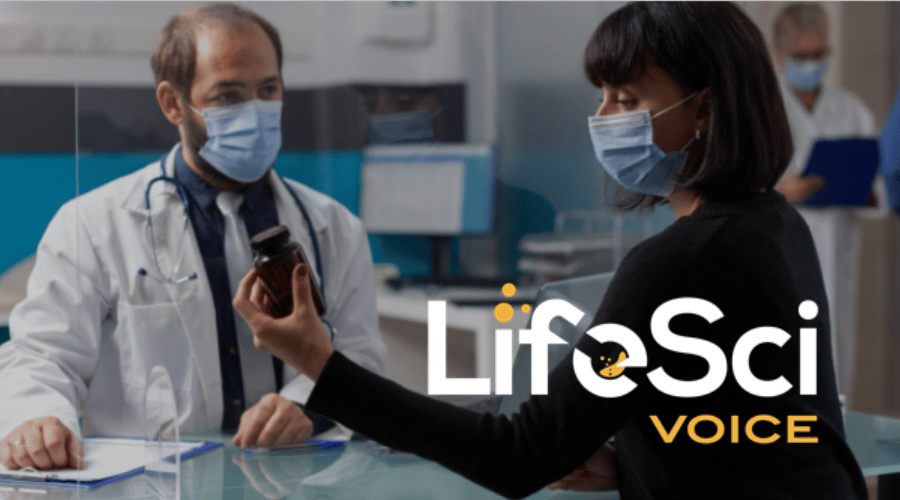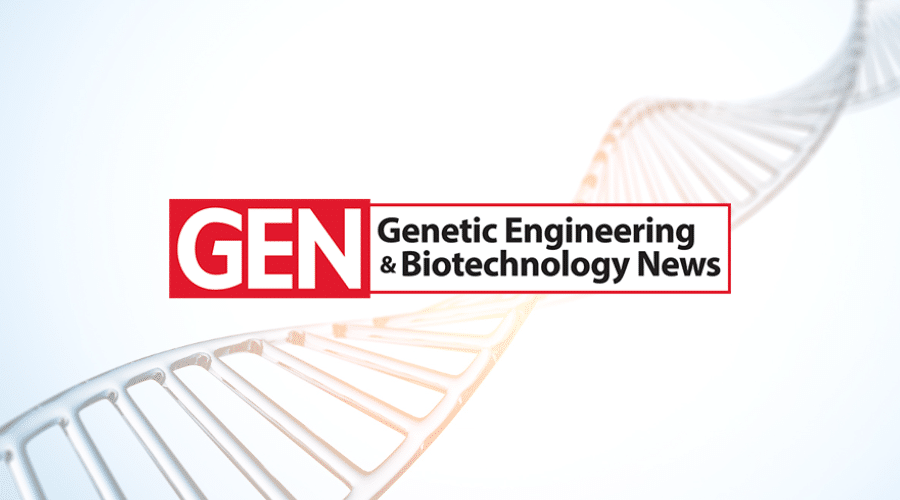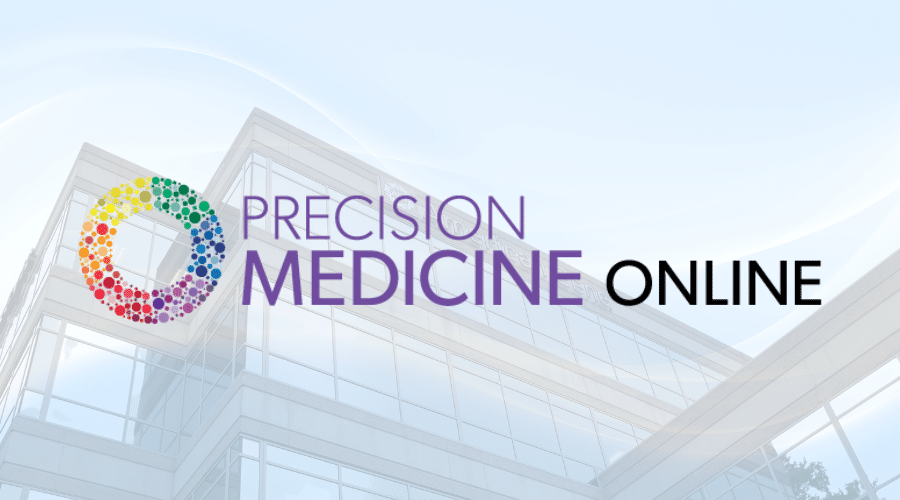Life Sciences Voice: Why Focus on Treating Diseases Instead of Curing Them?

Original Post on lifescivoice.com and written by: Jeff Galvin
It’s a tragic irony: So much money has been poured into treating diseases, but far less into actually curing them. The pharmaceutical industry has done an incredible job of developing highly profitable treatments for a wide range of diseases and conditions. Those treatments have generated trillions in revenue. But cures have proven elusive.
That gap between developing treatments versus cures has led to some high-profile criticism. For example, Oxfam International reported in May 2021 that revenue from COVID-19 vaccines had created nine new billionaires, whose combined wealth was greater than the cost of vaccinating the world’s poorest nations. And in December 2021, Prince Harry, The Duke of Sussex, and UNAIDS Executive Director Winnie Byanyima, narrated a video for the People’s Vaccine Alliance that called out “the striking parallels between the struggles for access to HIV medicines and the glaring inequalities in access to COVID-19 vaccines.”
Thankfully, there are some companies focusing instead on actual cures. Not so long ago, curing deadly or debilitating diseases seemed like a pipe dream. But thanks to progress in gene therapy, cures are increasingly within reach.
Get ready for a deluge of them. There are already nearly a dozen “miracle” drugs. One of them cures a form of blindness. Another one cures a debilitating inherited disorder called SMA that normally kills children by age four while preventing them from ever walking on their own. These drugs represent only the tip of the iceberg. The rapidly expanding technological toolbox of gene therapy innovations has produced drugs such as Zolgensma, Luxturna, Kymriah, Yescarta, and others, offering new hope for patients suffering from once-incurable conditions.
Curing HIV
Take HIV, for example. What if people living with HIV had a cure available? It would be a dream come true for those individuals, finally liberating them from relying on antiretroviral therapy and giving them permanent immunity with no chance of being reinfected.
An HIV gene therapy could be the first treatment built on a layered software-like architecture that facilitates the development, manufacturing, and testing of new drugs to minimize time, cost, and risk.
An HIV cure could be a proof-of-concept for a platform that already reduces the time and cost of developing disease-curing gene therapies by over 90% from current standards. It could
eventually solve patient issues across infectious disease, monogenic disorders, and cancers that touch the lives of nearly every living human being.
How Gene Therapy Works
Think of the human cell as an organic computer that operates on instructions formed with four nucleotides symbolized by A, C, T, and G. That is how genes are coded. Genes are instructions to the cellular machinery to produce a specific cellular product (an enzyme or protein). These four symbols are similar to the symbols “0” and “1” that are the basis of computer software. Just as the order of zeros and ones in computer software represents a specific digital command, the order of the A’s, C’s, T’s, and G’s in a cell (each gene) represents a specific organic command.
Gene therapy is so effective at curing diseases, because it allows us to “edit” a cell’s operating system (its DNA) to insert or delete commands. It operates directly on cellular mechanisms to produce potent therapeutic effects with high specificity and targeting.
In other words, we can now develop drugs that only affect the desired cells in the body and make precise, predictable changes to them. While traditional medicines diffuse indiscriminately through the body, gene therapies are delivered selectively to specific cells and tissues using viral vectors.
The ability to narrowly target the drug to just the cells that need it avoids the failures of most traditional medicines in human trials. Most adverse events that prevent further testing or approval of new drugs are caused by off-target effects in healthy cells that did not need treatment. We can now make more potent drugs with fewer side effects because the drugs can be targeted to diseased cells and avoid healthy tissue.
Example: Cancer Chemotherapeutics Versus Viral Delivery
Consider the example of chemotherapeutics for cancers. They tend to be damaging to all cells, but are designed to be the most deadly to rapidly dividing cancerous cells. Because chemotherapeutics are relatively untargeted, they affect every cell, and drugs that are toxic enough to reliably kill cancer cells sometimes damage too many other cells in the process of clearing the malignancies. We all know the classic story of people losing their hair and having stomach problems during cancer treatment.
In direct contrast, viruses tend to go only to specific types of tissue and have a very low ability to infect and affect other types of cells. For instance, a certain virus may tend to go only into the liver. So, if we need to treat the liver and avoid the heart, we can use that virus as a “carrier” of the drug. We call these carriers “viral vectors”.
The drug a virus carries can also contain an “if/then” statement (called a specific promoter) that can measure any protein or enzyme in the cell to determine whether the drug should even turn on in cells that are infected by the virus. That allows us to “query” the cell to see if it is the right type, or even if it is expressing a cellular product that is indicative of the disease we are trying to treat, and then only turn the drug on if it is.
Using a specific virus to carry a particular drug to a targeted place in the body enables us to create a chemotherapeutic with highly desirable properties: It is so toxic that no cell can survive it. We can reliably program it to only turn on in a cell that is malignant. We can ratchet up the killing power of the drug while preventing it from going into or turning on in healthy tissues.
That’s a simplified explanation for the sake of illustrating gene therapy approaches to cancer chemotherapeutics. More effective, yet more nuanced, ways to rid the body of cancer are being developed today. One approach uses gene therapy to leverage repurposed T cells (known as CAR-Ts) that hunt and kill malignancies in the blood, such as leukemias. An immunoregulatory approach is being developed that activates the natural immune system to attack and eliminate solid tumors.
Those are just quick previews of how powerful and effective gene therapy can be. This type of therapy has advanced to the point where any human gene can be ordered over the internet. It will arrive the next day. It can be paired with a specific promoter and placed in a viral shell in very little time, then tested on cultured human cells to see if it works as desired. That is the first step in making a new drug.
It’s a process that will eventually become so inexpensive and straightforward that high-school students will routinely be doing these types of experiments. One day, curing one of the 7,000 known inherited diseases may be as quick and easy as writing an app on an iPhone.
The Business Case for Cures Over Treatments
Is gene therapy expensive? Yes, but computers cost millions of dollars when they were first developed, too. Like computers, the cost of gene therapy will come down over time.
The cost of developing cures through gene therapy will pale in comparison to spending on palliative treatments. The world currently spends $2 trillion to $4 trillion annually treating monogenic diseases. These treatments can only keep a person comfortable or temporarily restore function but do not address the underlying cause of the disease.
By prioritizing selling treatments instead of cures, Big Pharma leaves itself vulnerable to critics who contend that drug companies have turned patients into lifetime sources of cash, raising the price of drugs over time—with those price increases going directly to the bottom line in additional profits. Any drug company that has a monopoly or a dominant drug for a particular disease has to be especially careful, because it can easily be seen as encouraging monopolistic pricing behavior over patients who are held hostage by their disease and can be ransomed for whatever the market or patient can afford to pay to avoid pain, suffering, or even death.
The pharmaceutical industry could not only become more profitable — but could also recast itself from profiteering villain to innovative hero — by using gene therapy to actually cure an ever-expanding range of diseases for a broader population of patients.
Cures can still be profitable, and drug companies can grow by using gene therapy platforms to accelerate pipeline growth while increasing the cost-efficiency of new “applications.” That’s how all technology companies have done it in the past. Why wouldn’t pharmaceutical companies want to be more like Apple and Microsoft? Each of those companies refined a platform to bring new products and new value to more and more people around the world. They have grown while making their products cheaper for the same features, or by packing more features in at the same cost.
Most industries work that way. Have you noticed how great TVs have become without going up much in price? Cars have increased in price, but have you noticed how jam-packed they are with safety and convenience features, while their durability, comfort, and performance have reached levels that “blow the doors off” (pun intended) the cars those same companies made 30 years ago? Pharma companies can be the same, and the technology of gene therapy development is their chance to convert their antiquated, non-competitive business models that face increasing resistance every year.
Cures will come down in cost and it will ultimately be cheaper to cure a disease than treat it for life. Insurance companies will be happy about lowering their costs on each disease, and they will build their revenues by covering more and more cures in the future for which their customers feel they are fairly charged and that have a high value-to-cost ratio.
Of course, patients and societies will be the biggest beneficiaries. And as with computers and smartphones, public enthusiasm will accelerate the adoption of disruptive gene therapy technology. That enthusiasm will increase with every new gene therapy cure. Increased public support (i.e., market demand) will catalyze the activity of dominant-but-cautious Pharma players.
The end result will be a revolution like the one that society experienced with the computer industry of the 1980s and beyond, where people in third-world nations ended up with computers in their pockets that out-performed computers of the 1960s and 1970s that they or their businesses could never have dreamed of owning and benefiting from.
The coming advances in the pharmaceutical industry are even bigger than the example of computers. Everyone with a human body has a stake in this revolution. The future is bright.






